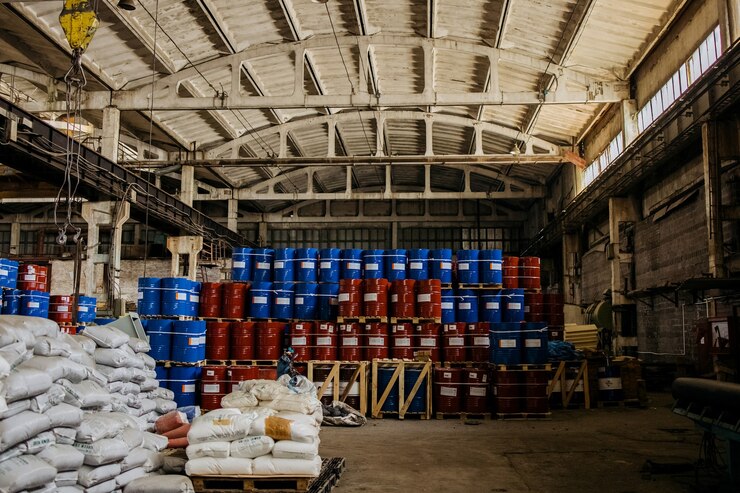Product | Toluene |
|---|---|
Packaging | 220 lit Drum, Tanker, bulk |
Price | Negotiable |
Payment Terms | Negotiable, T/T , DLC |
Delivery Terms
| FOB, CIF, CFR, CPT and FCA |
Min Order
| Negotiable |
HS Code | 290230 |
Toluene, is a substituted aromatic hydrocarbon. its systematic IUPAC name is methylbenzene. It is a colorless, water-insoluble liquid with the smell associated with paint thinners. It is a mono-substituted benzene derivative, consisting of a methyl group (CH3) attached to a phenyl group. Toluene is predominantly used as an industrial feedstock and a solvent.
Uses :
Precursor to benzene and xylene, Produce polyurethane foam and TNT from Nitrotion of toluene, also Benzoic acid and benzaldehyde are produced commercially by partial oxidation of toluene.
Toluene is a common solvent, e.g. for paints, paint thinners, silicone sealants, many chemical reactants, rubber, printing ink,adhesives (glues), lacquers, leather tanners, and disinfectants.
Toluene can be used as an octane booster in gasoline fuels for internal combustion engines as well as jet fuel.
In the laboratory, toluene is used as a solvent for carbon nanomaterials, including nanotubes and fullerenes, and it can also be used as a fullerene indicator.
| No | Property | Specification Value | Test Method |
|---|---|---|---|
| 1 | Purity Wt.% | 99.9 min (expect value:99.98) | ASTM D2360-11 |
| 2 | Non Aromotics Wt.% | 0.1 max | ASTM D2360-11 |
| 3 | Benzene Wt.% | 0.03 max | ASTM D2360-11 |
| 4 | Distillation ronge c at 760 mmHg | 1.0 max including 110.6 | ASTM D850-02 |
| 5 | Appearance | Clear liquid free of sedimentation or haze at 18.3 to 25.6c | VISUAL |
| 6 | Total Sulfur wt.ppm | 1.0 max | ASTM D4045-04 |
| 7 | Copper corrosion | Pass (1a or 1b) | ASTM D849-11 |
| 8 | Color,Pt-co scale | 20 max(expected value:10) | ASTM D1209-11 |
| 9 | Acid wash color | 2 max | ASTM D848-09 |
| 10 | Acidity | Non detected | ASTM D847-08 |
| 11 | Specific Gravity at 15.56c | 0.869-0.873 | ASTM D4052-11 |
| 12 | SO2/H2S | Non detect | ASTM D853-04 |
| 13 | Vapor pressure(psi) | 1.1 | ASTM D323-08 |
Questions? You’re covered.
Toluene is an effective solvent for dissolving and diluting a wide range of materials, including paints, coatings, adhesives, and polymers. It is commonly used in industrial processes such as paint manufacturing, printing, and chemical synthesis. Toluene's ability to dissolve various substances and its volatility make it a versatile solvent for many applications.
Toluene exposure can pose health risks such as irritation of the eyes, nose, and throat, as well as headaches, dizziness, and nausea. Prolonged or high-level exposure to toluene may cause more serious health effects such as central nervous system depression, respiratory problems, and damage to the liver and kidneys. Toluene emissions to the environment can also contribute to air pollution and groundwater contamination.
Regulatory agencies such as the Occupational Safety and Health Administration (OSHA) and the Environmental Protection Agency (EPA) have established regulations and guidelines to limit occupational exposure to toluene in workplaces and to control emissions from industrial sources. These measures include permissible exposure limits (PELs), emission standards, and monitoring requirements to protect workers and the environment from the health hazards of toluene.






